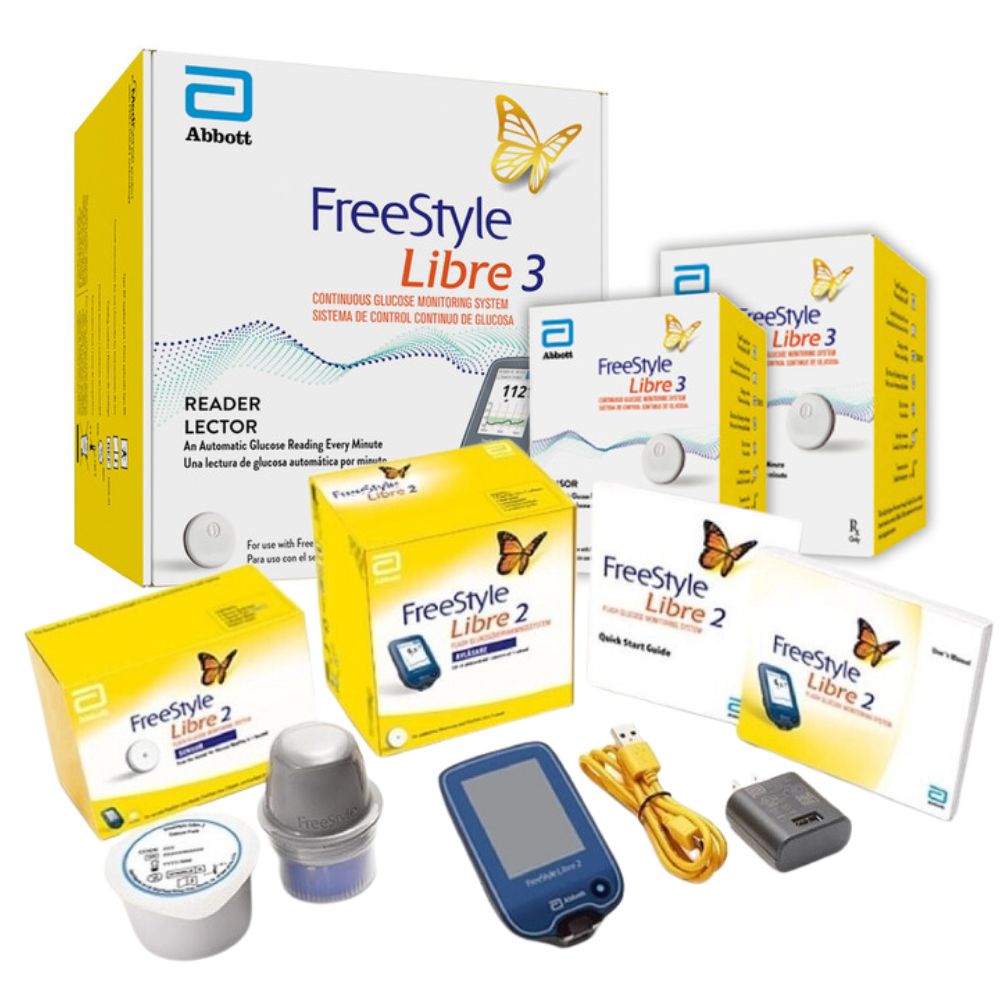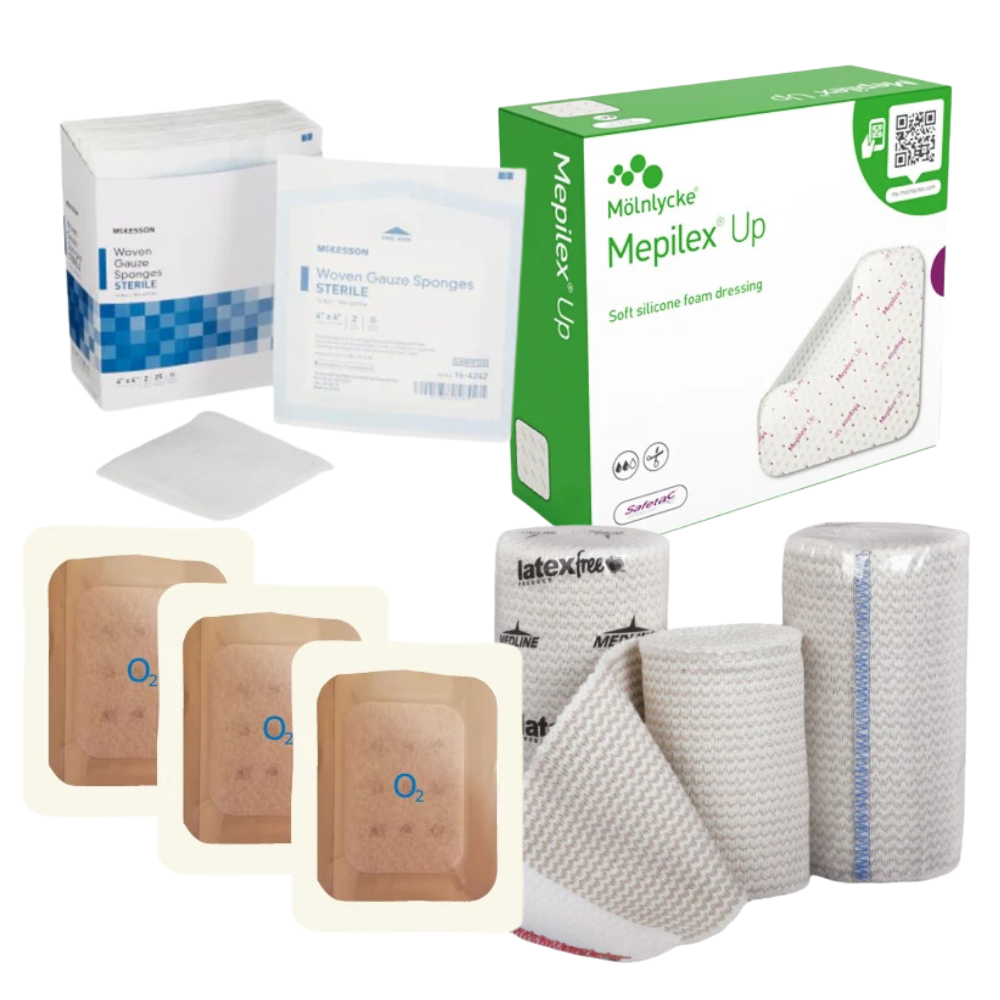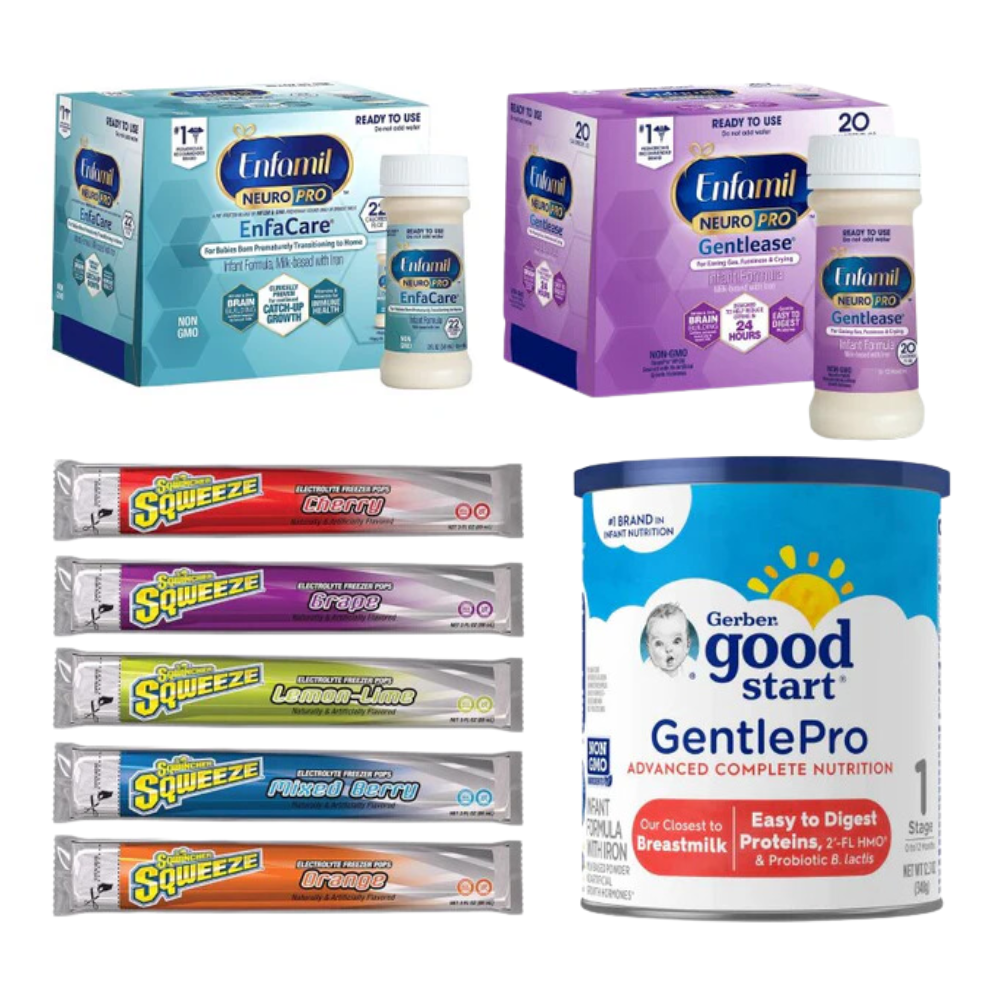
Hot vs. Cold Therapy: Which One Works Best for Pain Relief?
Pain relief is a top priority for individuals dealing with muscle pain, joint stiffness, inflammation, or injury recovery. Two of the most effective pain management techniques are heat therapy (thermotherapy) and cold therapy (cryotherapy)—but which one should you use? Understanding when to apply hot therapy for muscle pain and when to use cold therapy for injuries can make a significant difference in your recovery.

Hot Therapy for Pain Relief: When to Use It
Heat therapy works by increasing blood circulation, relaxing muscles, and alleviating chronic pain conditions. It is best suited for muscle stiffness, arthritis pain, and post-workout recovery rather than acute injuries.
Best Uses for Heat Therapy
- Chronic muscle pain relief – Heat helps improve flexibility and reduce tension in conditions like lower back pain, fibromyalgia, and arthritis.
- Post-workout muscle recovery – Heat therapy promotes circulation, reduces stiffness, and enhances muscle relaxation.
- Relief for tension headaches – Applying heat to the neck and shoulders can reduce stress-induced headaches and improve relaxation.
Types of Heat Therapy for Pain Management
- Heating pads for muscle pain – A convenient way to apply targeted heat.
- Warm baths or hot showers for sore muscles – A great full-body solution for relaxation and circulation.
- Heated wraps or warm compresses – Ideal for treating chronic pain and promoting blood flow.
When to Avoid Heat Therapy
- Immediately after an injury – Heat can worsen inflammation and swelling.
- If swelling or bruising is present – Heat increases blood flow, which may make symptoms worse.
- For individuals with poor circulation – Those with diabetes, neuropathy, or cardiovascular conditions should consult a doctor before using heat therapy.

Cold Therapy for Pain Relief: When to Use It
Cold therapy works by reducing inflammation, numbing pain, and decreasing swelling. It is most effective for acute injuries, joint inflammation, and post-surgical recovery.
Best Uses for Cold Therapy
- New injuries (within 48 hours) – Applying ice to sprains, strains, and bruises minimizes swelling and pain.
- Joint pain and inflammation relief – Cold therapy helps reduce swelling in conditions like arthritis, bursitis, and tendinitis.
- Post-surgical pain management – Doctors often recommend cold therapy for post-surgical swelling reduction and pain relief.
Types of Cold Therapy for Injury Recovery
- Ice packs for swelling and pain – A quick and easy method for treating acute injuries.
- Cold compression wraps for joint pain – Ideal for knee pain, ankle sprains, or wrist injuries.
- Cold water immersion for muscle recovery – Used by athletes to reduce exercise-induced muscle soreness.
When to Avoid Cold Therapy
- For chronic muscle pain or stiffness – Cold therapy can tighten muscles and worsen stiffness.
- If you have circulatory issues – Conditions like Raynaud’s disease may worsen with cold exposure.
-
Before physical activity – Cold therapy may reduce joint flexibility and mobility.

Hot vs. Cold Therapy: Which One is Best for Your Pain?
| Condition | Use Heat Therapy | Use Cold Therapy |
|---|---|---|
| Chronic muscle pain relief | Yes | No |
| Arthritis pain (without swelling) | Yes | No |
| Arthritis pain (with swelling) | No | Yes |
| Stiff muscles & joint stiffness | Yes | No |
| Acute injuries (sprains, strains) | No | Yes |
| Swelling & inflammation relief | No | Yes |
| Tension headaches | Yes | No |
| Post-workout soreness | Yes | Yes (if swelling) |

Alternating Hot and Cold Therapy for Pain Relief
For certain conditions, contrast therapy (alternating heat and cold therapy) can be highly effective. This method helps reduce pain while promoting circulation and minimizing inflammation, making it useful for chronic joint pain, muscle recovery, and sports injuries.
How to Use Contrast Therapy for Pain Relief:
- Apply heat therapy for 15–20 minutes to relax muscles and improve circulation.
- Use cold therapy for 10–15 minutes to reduce pain and inflammation.
- Repeat the cycle 2–3 times if necessary.

Final Thoughts: Should You Use Heat or Cold Therapy?
Choosing between heat therapy and cold therapy for pain relief depends on the type of pain you’re experiencing. Heat is best for chronic pain, muscle stiffness, and stress relief, while cold therapy is ideal for acute injuries, swelling, and inflammation reduction.
If you’re looking for effective pain management solutions, check out these top-rated hot and cold therapy products from CureMedRx.com:
- Polar Care Cube Cold Therapy System – A powerful cold therapy system designed to provide effortless pain relief and swelling reduction, making it perfect for post-surgical recovery and sports injuries.
- Relief Pak English Ice Cap (Reusable Ice Bag) – A classic and convenient reusable ice bag for quick relief from headaches, bruises, and minor injuries.
- Miracle Headache Relief Cap – Provides cooling and compression therapy for fast and effective migraine relief, helping to soothe headaches and tension.
- Brownmed Polar Ice Foot & Ankle Wrap – Designed for ankle sprains, plantar fasciitis, and post-surgical foot recovery, combining cold therapy and compression for rapid pain relief.
- Hydrocollator HotPac Moist Heat Pad – A moist heat pad that delivers deep, penetrating warmth to relieve arthritis pain, muscle tension, and stiffness.
- Douche Enema System (Mabis 1.1 Quart) – While not directly related to heat or cold therapy, this system provides gentle cleansing relief for individuals needing improved digestive comfort.
Explore these products today and experience the benefits of targeted pain relief with hot and cold therapy solutions from CureMedRx!



